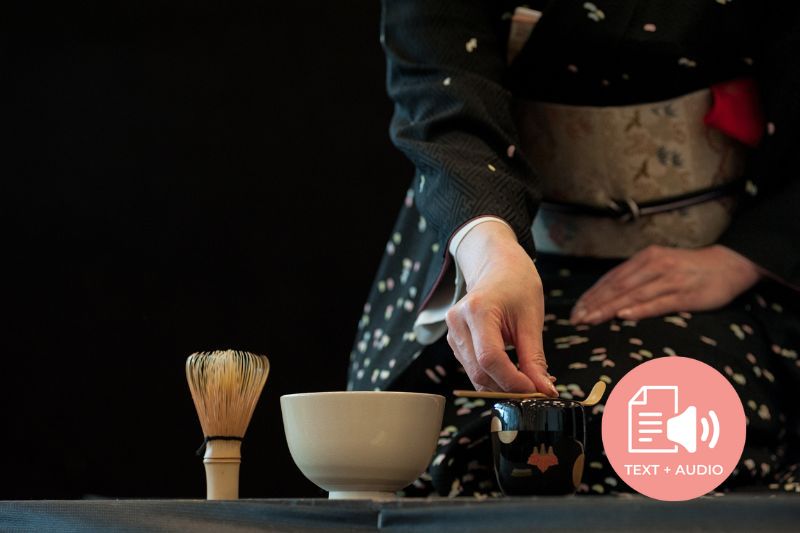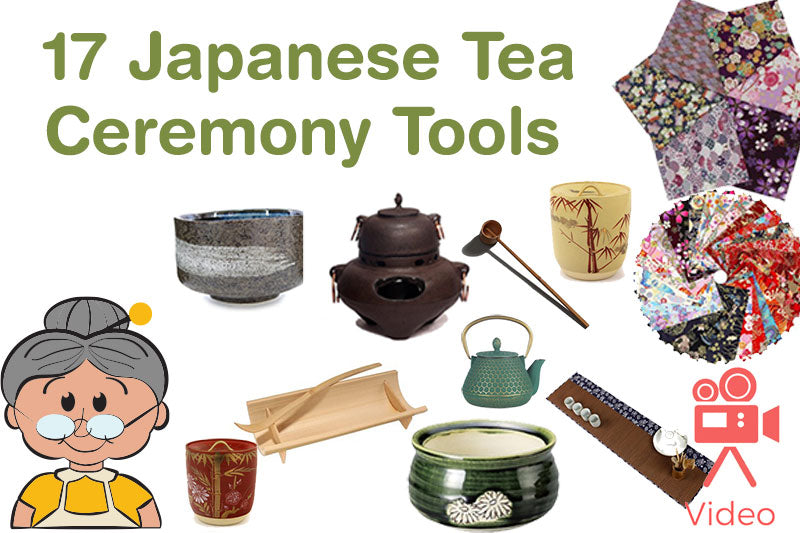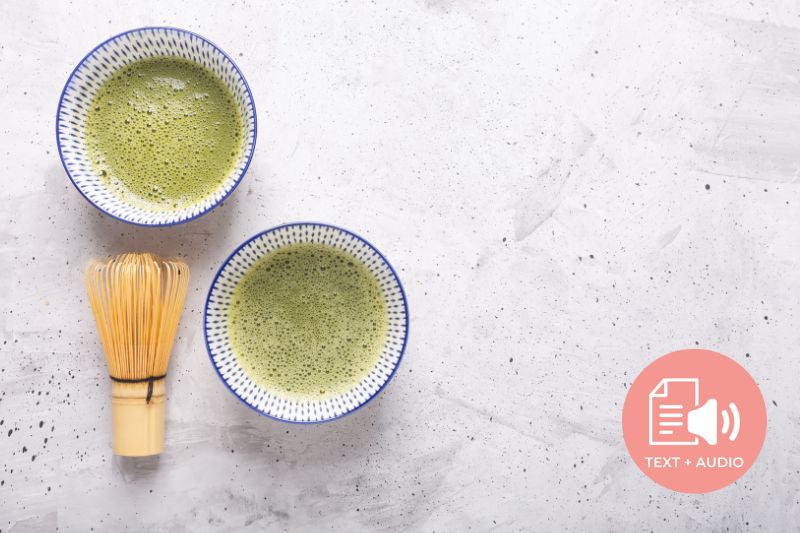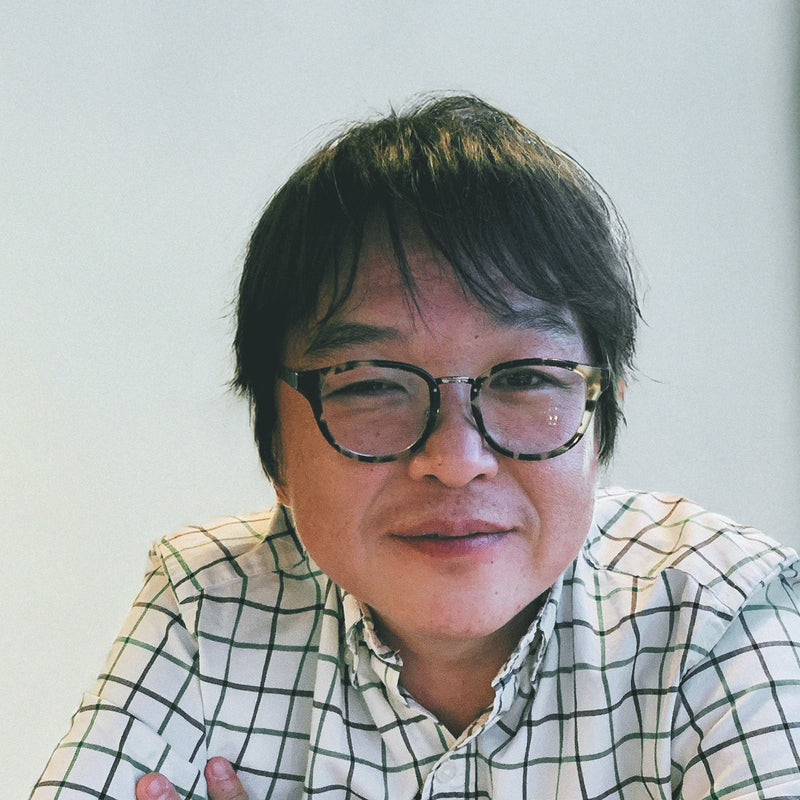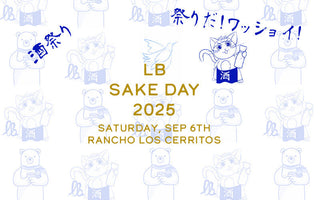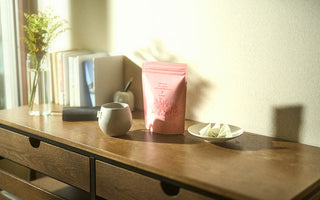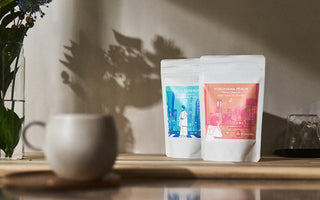Tea culture is deeply rooted in Japan, and it goes back a long time. The Japanese tea ceremony comes from Zen philosophy, where the beverage has a lot more meaning than a simple drink for the people. Japanese calligraphy, or decorative handwriting, also has deep connections with tea ceremonies. Drinking tea in the country is a ritual that has many spiritual meanings. Traditionally, tea gatherings used to be held in minimalist tearooms that were decorated with seasonal flowers, hanging scrolls, and tatami mats. There can be both formal gatherings (chaji) and informal gatherings (chakai). A chaji may even be followed by a full-course meal.

Traditional Japanese Tea Ceremony
What is a Japanese tea ceremony? Referred to as sadō/chadō or chanoyu, it is a popular cultural activity in the country that involves the ceremonial preparation and also presentation of powdered green tea. This procedure is called temae. Tea is a popular drink in other countries as well, like India and Britain, but the Japanese traditional tea ceremony is different because it is rarely a ceremonial practice in those countries.
Okakura Kakuzō coined the term "Teaism" to refer to the unique Japanese tea ceremony. It is not just an occasion to drink the beverage or a gathering of people for socializing. It has deep-rooted spiritual connections to Zen Buddhism, which was a primary influence.
- Philosophy of the tea ceremony: The tea ceremony in Japan brings together the concepts of harmony, respect, purity, and tranquility (Wa-Kei-Sei-Jaku). The process aims to provide harmony and peace to the guests by giving them a break from the outside world and letting them focus on the simple work of serving and drinking tea. The whole process has positive vibes. The guests are also served a small meal with sake and a sweet. There is a break after the meal, but the guests must come back into the tea room so that they can purify themselves. All the objects in the ritual are cleansed and purified, including the tea bowl, the whisk, and the tea scoop. The ceremony can last for many hours.
Calligraphy in Japan
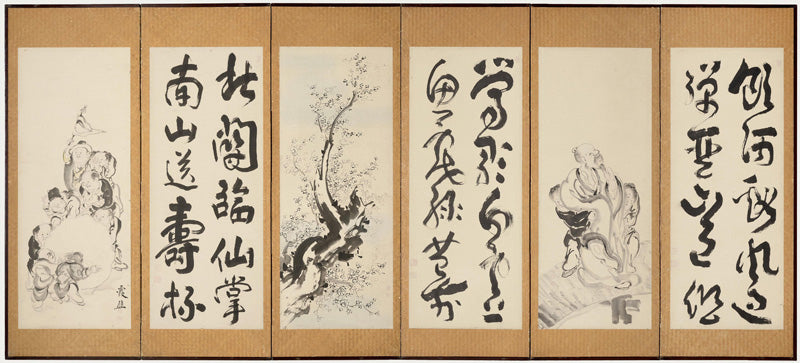
Japanese calligraphy writing, which is also called shodō, is a form of artistic writing. This is a beautiful piece of visual art that uses an ink brush and pen to execute the lettering in a stunning way. Traditional Japanese calligraphy can be seen in the tearoom as well as in the country. Hanging scrolls are displayed that feature either a calligraphic phrase or a calligraphy poem. There can also be only a single character that is written using a calligraphy brush. Some hanging scrolls may also have a Japanese calligraphy symbol or a photo of the season. It may even display the theme of the tea ceremony.
Masters of the tea ceremonies have preferred to be perfect in their ceramics, tea utensils, and calligraphy scrolls. It is believed that if the ink is bleeded deeply into the silk cloth or the paper, then the characters can become unreadable.
- Calligraphy as painting: In Japan, calligraphy is called Shodo. You will find many calligraphy styles at tea parties, like Sosho, Gyosho, and Kaisho. The level of cursiveness also varies. They are called Gyo, Seigyo, and Gyoso.
- Calligraphy and the Way: "The Way" denotes how tea should be consumed, which is very specific in the country. It is not just an occasion for people to come together and socialize. Tea ceremonies are spiritual in nature and an opportunity for the people to leave behind their everyday worries and enjoy the beverage the way it should be done. The introduction of calligraphy makes it an art form.
Examples of Calligraphy in the Tea Ceremony

Elegant Japanese calligraphy is an intrinsic part of the tea ceremonies in the country. In fact, the art of Japanese tea ceremony won’t be the same if the hanging scrolls with the beautiful calligraphy work aren't there. And not just the scrolls; you will find this elegant artwork also in the tea scoops and the tea bowls. Many hosts find unique ways to include calligraphy in the tearooms to make the occasion more beautiful and delightful.
There have been many famous Japanese calligraphers who have refined and redefined the work, like Konoe Nobutada, Onoe Saishu, Ingen Ryuki, Aizu Yaichi, and Mitsuo Aida.
Japanese Tea Ceremony Facts
Drinking tea is a very serious matter in Japan. Here are some interesting facts about the tea ceremony:
- The tea ceremony is a time-honored institution that comes from the principles of Zen Buddhism.
- The ceremony is held in a tea house, which is ideally detached from the main house.
- Sen No Rikyū from the 16th century, was a famous proponent of the tea ceremony. He promoted the wabi-cha style, which means simplicity, quietude, and the absence of ornament.
- It is customary to wear a kimono for the tea ceremony.
- The room is decorated in a minimalistic style. Everything is kept basic and simple. There is a flower arrangement, a hanging scroll, and tatami flooring.
Get Free Bonus Books

Sign up for free to the Green Tea Club to get advice and exclusive articles about how to choose Japanese Tea, and tips, tricks, and recipes for enjoying Japanese tea.
About the author
Kei Nishida
Author, CEO Dream of Japan
Certification: PMP, BS in Computer Science
Education: Western Washington University
Kei Nishida is a passionate Japanese green tea connoisseur, writer, and the founder and CEO of Japanese Green Tea Co., a Dream of Japan Company.
Driven by a deep desire to share the rich flavors of his homeland, he established the only company that sources premium tea grown in nutrient-rich sugarcane soil—earning multiple Global Tea Champion awards.
Expanding his mission of introducing Japan’s finest to the world, Kei pioneered the launch of the first-ever Sumiyaki charcoal-roasted coffee through Japanese Coffee Co. He also brought the artistry of traditional Japanese craftsmanship to the global market by making katana-style handmade knives—crafted by a renowned katana maker—available outside Japan for the first time through Japanese Knife Co.
Kei’s journey continues as he uncovers and shares Japan’s hidden treasures with the world.
Learn more about Kei
